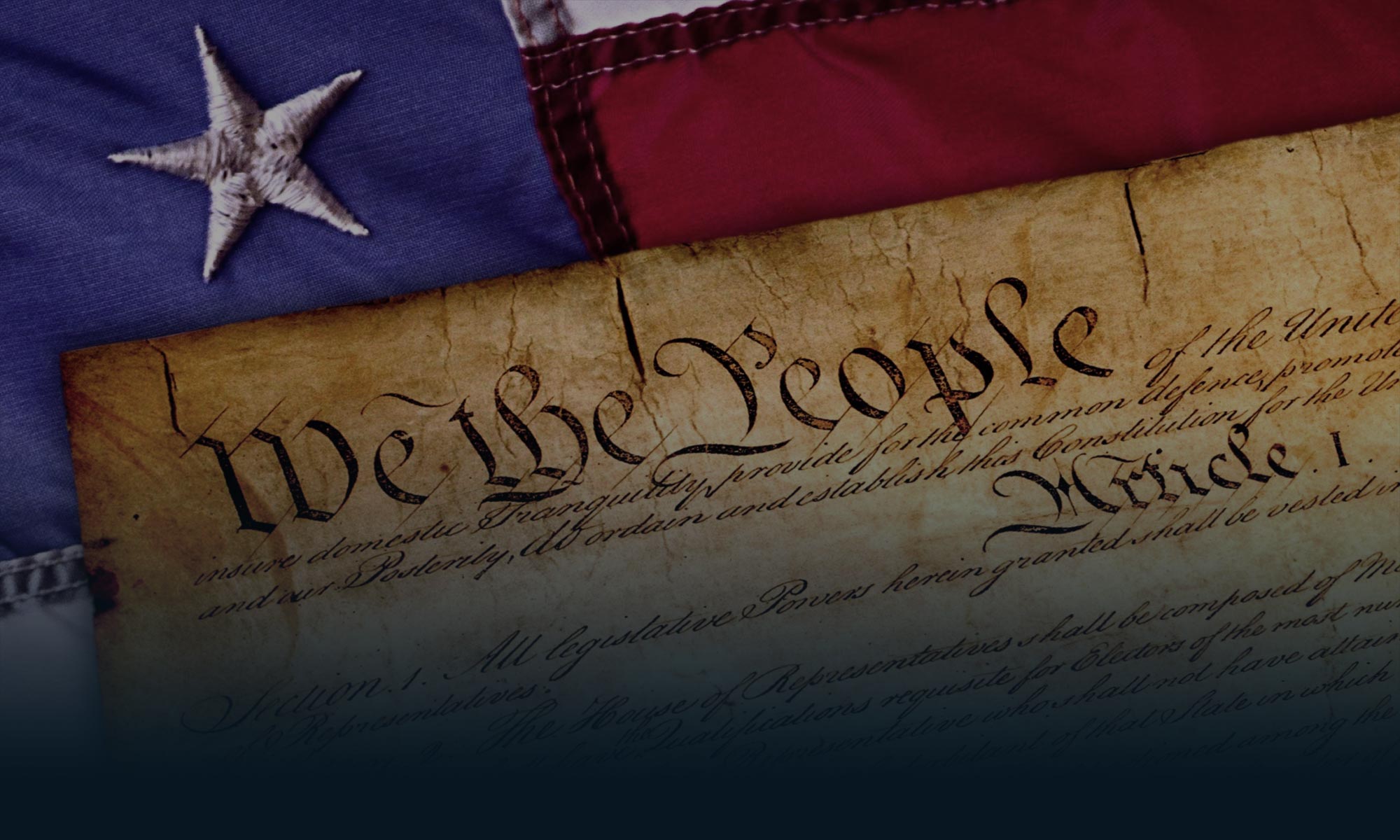Never mind for a minute the opinions of those outside the media. People, for instance, such as Rep. James E. Clyburn (D-S.C.), who sees in the Tucson massacre the need for a reinstatement of the Fairness Doctrine. Or Rep. Edward Markey (D-Mass.), who in 2007 called on the NTIA to reexamine whether broadcast facilities are creating a climate of fear and inciting individuals to commit hate crimes, and who now says: “The shooting in Arizona reminds all of us that the coarsening of our public discourse can have tragic consequences.” Or Rep. Bob Brady (D-Pa.), who Broadcasting & Cable reports is “working on a bill to make it a crime to use ‘language or symbols’ that could be interpreted as inciting violence against a member of Congress.”
Never mind even the astonishing comments of the ubiquitous Sheriff Clarence Dupnik, a man who, far from being just your everyday lawman, is a political philosopher and soothsayer as well.
The most disturbing thing about the coverage of this affair is the reckless and, in some quarters, even shameless commentary produced by people in the media. Witness, for instance, Jacob Weisberg at Slate (“How anti-government, pro-gun, xenophobic populism made the Giffords shooting more likely”); or Michael Tomasky at the Guardian (“In the US, where hate rules at the ballot box, this tragedy has been coming for a long time.”)
But the man whose editorial contribution to this tragic affair represents the absolute nadir of journalistic integrity is The New York Times’ Paul Krugman. In a blog posted just hours after the shooting, and in a Times piece titled “Climate of Hate,” Krugman relieves himself of opinions that are as poisonous as they are unfounded. Here’s but one example (among many) of the wisdom and high-mindedness of the gentleman: “So will the Arizona massacre make our discourse less toxic? It’s really up to GOP leaders. Will they accept the reality of what’s happening to America, and take a stand against eliminationist rhetoric? Or will they try to dismiss the massacre as the mere act of a deranged individual, and go on as before?"
To their credit, and the country’s benefit, Paul Krugman and Jacob Weisberg are not the only people employed by The New York Times and Slate. Those organizations also employ Jack Shafer and David Brooks, whose comments about this matter stand in stark and towering contrast.
Still, it’s one thing when politicians propose restrictions on freedom of speech, and something else when journalists and commentators do so.
One might be inclined to dismiss this kind of commentary if it were an anomaly, a one-off event unconnected to other threats to freedom of speech. But it’s not. Early in this millennium the United States has arrived at a time when there is scarcely a special interest or single-issue group in the country that does not employ speech police with direct access to the media.
It’s a time when the latest edition of Huckleberry Finn will substitute the word “slave” for the “n” word.
It’s a time when, as reported here, journalists who break ranks and say something politically incorrect – whether on the record, off the record, while having dinner, whatever – are summarily fired.
Where will it all end? There are two ways this nation could lose its freedom of speech. It could happen by laws or regulations promulgated by government, but at the end of the day that would also require that the federal courts go along, something that, given the strong case law in opposition, is unlikely.
But the other way it could happen would be if uninhibited speech is strangled in the crib by political correctness, not only practiced but positively enforced by the political culture as reflected by and in the media. It is this that is happening today, and the question going forward is how much further down that road will we travel before passing the point of no return?
The opinions expressed above are those of the writer and not necessarily of The Media Institute, its Board, contributors, or advisory councils.

